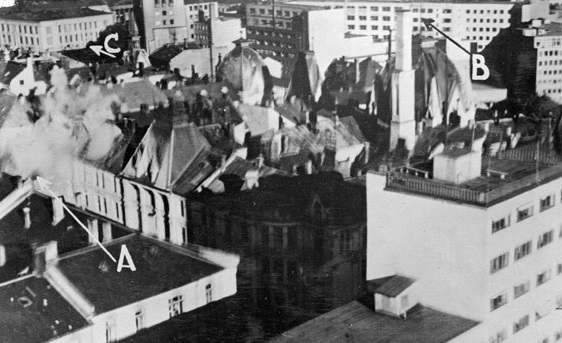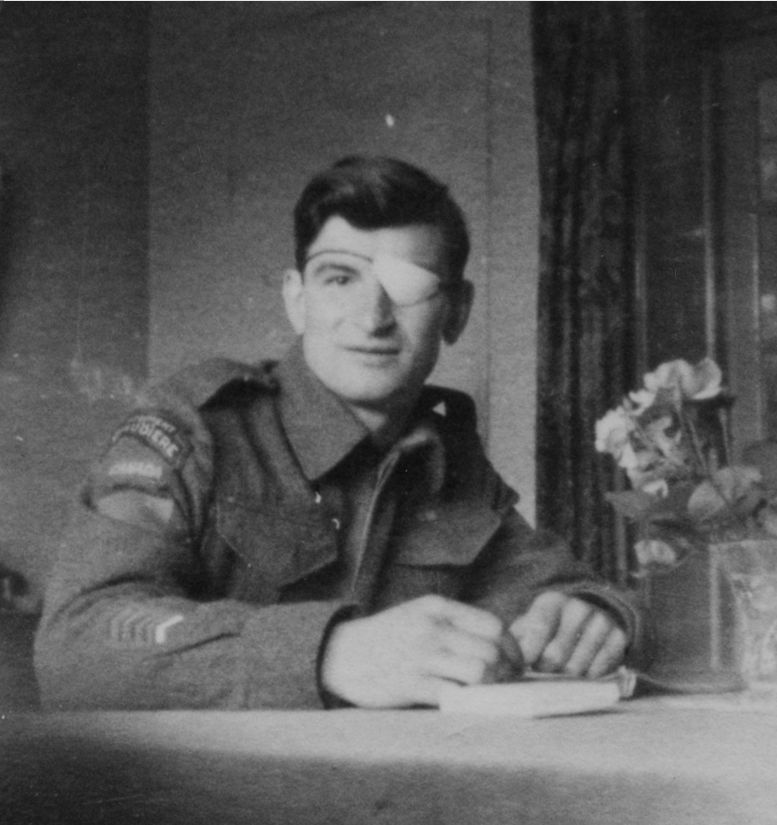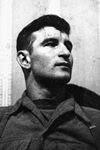The War in the Air
by Capt. NORMAN MACMILLAN, M.C., A.F.C.
The War Illustrated, Volume 6, No. 134, Page 104, August 7, 1942.
The air war has raged without interruption over the Far East, in the Australasian zone, on the Russian front (where our Allies estimate that more than 3,000 enemy aircraft were destroyed during the two months' fighting for Sevastopol and Voronezh), in North Africa, Malta, Western Europe and the Arctic, where German bombers attacked an Archangel-bound convoy for several days.
The seriousness of shipping losses to the United Nations' supply lines was stressed by the holding of a secret session of Parliament and during the period under review -from Saturday, July 4 to Friday 17- Bomber Command continued its counteroffensive against the German submarine campaign and Axis shipping supply lines.
Details became known about the attack on Bremen on the night of July 2/3 by a force which included Halifax, Sterling and Lancaster bombers. In the space of half-an-hour the bombers shot down two enemy fighters and left widespread fires behind them, especially in the dock area. One Halifax, thrown onto its back by a shell burst while making a steeply banked turn, went into a spin, but its a pilot righted his heavy aircraft (a tribute to British design) and went on to drop his load.
Wilhelmshaven was raided on July 8/9 and 4,000-lb. bombs were dropped. This was the first official intimation of the use of bonds of this size by the R.A.F. Large four-engined bombers have made it possible to use these bombs, whose destructive effect causes havoc over a wide area. The Ruhr, including Duisburg, a large port on the Rhine, was pounded on the night of July 13/14. These were the three main night attacks during a period when weather interfered with operations.
On July 11 Lancasters attacked Danzig in daylight. The Lancaster is fast; she sounds like a train roaring through a tunnel. The Germans must loathe the sound of these aircraft passing over their heads. Flying through thunderclouds rising from 800 feet to 15,000 feet, the aircraft were iced up and charged with static electricity. Some had to turn back, but a very strong force reached Danzig before twilight, and dived low over the submarine yards (where as many as 15 submarines can be fitted out simultaneously) and left fires after the bomb-bursts. Theirs was a flight of 1,700 miles.
A simultaneous attack was made on Flensburg, the Baltic submarine port, close to the Danish frontier. This daylight attack was repeated on the 16th, and Sterlings bombed submarine yards near Lübeck. On the same day the Ruhr was also attacked in daylight by single aircraft. During four nights of this period mines were laid in enemy waters. Twenty-nine bombers were lost in all operations.
On July 4 (American Independence Day) United States' crews cooperated for the first time with Bomber Command. Twelve Bostons, six manned by U.S. crews, set out, and attacked the Dutch airfields of Hamstede, Alkmaar, Valkenberg, concentrating their bombs and bullets on hangars, administrative buildings and dispersal points. Two of the American-manned aircraft and one British were lost.
Two remarkable sea rescues are worthy of record. Pilot Officer Holbrooke Mahn was piloting his R.C.A.F. Hampden bomber off the Frisian Islands at about 200-300 feet when one engine failed. There was no time to jettison the before the Hampden hit the water with a crash. The rubber dinghy opened. But there was no food and only two quarts of water. On the eighth day the navigator died, on the ninth the gunner. On the thirteenth day the pilot caught and killed a seagull, sucked its blood and at the fish in its gut. That bird saved his life. He was picked up the next day, weak, but still alive.
On July 8 an anti-submarine patrol Whitley bomber of Coastal Command came down in the Bay of Biscay 100 miles from the Spanish coast. A second Whitley sighted smoke from a Very cartridge fired from the dinghy. Other Whitleys kept watch, lost the dinghy in the night, picked it up again in the morning. A Sunderland went out. It spotted the smoke from the last Very cartridge possessed by the dinghy's crew. The flying boat made a tricky landing on a nasty swell, and the crew of six from the Whitley were taken aboard and flown home after a 24-hours' drift.
A Catalina flying-boat had a duel with a U-boat in the Mediterranean. The Catalina's bombs beat the U-boat's guns, and the submarine sank stern first. The Catalina attempted to alight to pick up about 30 survivors, hit a tremendous swell, broke her hull, but got into the air again and limped home - without the survivors.
Heavy air fighting in the El Alamein area of the Western Desert brought cooperation between air and ground forces to a new peak of efficiency. Bombers raided Benghazi, Tobruk, and many other places. Ground-fighting forces saw the enemy being pounded from the air just ahead of their positions by our bombers and night-fighters. During one period of 24 hours 130 bombers, escorted by 127 fighters, attacked enemy concentrations south-west of El Alamein; 75 Kittyhawk bombers attacked transport on El Daba aerodrome; 166 Spitfires and Hurricanes carried out sweeps at hourly intervals over the battle area; at night 84 Wellingtons, eight Liberators, and six Blenheims bombed motor transport concentrated in the El Daba area and shipping off Benghazi. On July 10 Allied fighters went over wave after wave for hours on end. Beaufighters attacked troop transport and enemy shipping creeping along the coast. The battle continues...
A South African Air Force righter squadron encountered 14 Stukas about to peel off into a dive on one of our positions. The Stukas were escorted by fighter aircraft. The S.A. Hurricanes waded in, led by 28-year-old Cape Town Major Le Mesurier, crashed 13 Stukas and one Messerschmitt 109 in a few seconds - a record!
During the first eleven days of July 83 enemy aircraft were destroyed over Malta, where the battle of attrition from the air continues; 78 aircraft (of which 29 were bombers) were shot down by our fighters. We lost 21 fighters, but saved nine of their pilots.
The first Czech fighter squadron with the R.A.F. is now two years old; it flies cannon-gun and machine-gun Spitfires, and has destroyed 43 aircraft. Altogether Czech pilots have destroyed 118 enemy aeroplanes.
The second anniversary of Polish Air Force day was July 16. On July 3, when German aircraft attempted a raid on the Midlands, N0.303 Polish Squadron shot down two Junkers 88s. This squadron has the second highest score in Fighter Command. Up to July 15, 1942, its bag was 175 enemy aircraft; more than 100 were destroyed in the Battle of Britain with Hurricanes; it now has Spitfires. Polish 302 Squadron, formed in August 1940, shot down 35 enemy aircraft up to July 15. Polish fighter pilots have destroyed 464 aircraft altogether.
During June Fighter Command and anti-aircraft guns accounted for 83 enemy aircraft; intruder patrols destroyed 12 enemy bombers over bases in Europe, bringing the score to 31 for the first six months of 1942. During June 69 fighters were lost by Fighter Command; five pilots were saved.
Previous and next article from The War in the Air
The War in the Air
DURING the period Saturday, June 20, to Friday, July 3, 1942, air power played an important part in Libya and the Crimea. The trend of contemporary British thought was dominated by the defeat of th
The War in the Air
The strategic and tactical employment of air forces for the prosecution of war on land has at present reached a stage of stabilization; although their methods may differ slightly the aim of the use of
Index
Previous article
Five Years: China's Great Fight For Freedom
On July 7 China entered upon the sixth year of her heroic resistance to the Japanese invader. The struggle to which the Japanese referred to at first half-contemptuously as an "incident" has develope
Next article
Under the Swastika
A celebrated Frenchman of letters, who has written widely in the critical journals of Paris and London and did work of the greatest value to Anglo-French relationships during the War of 1914-18, sends






